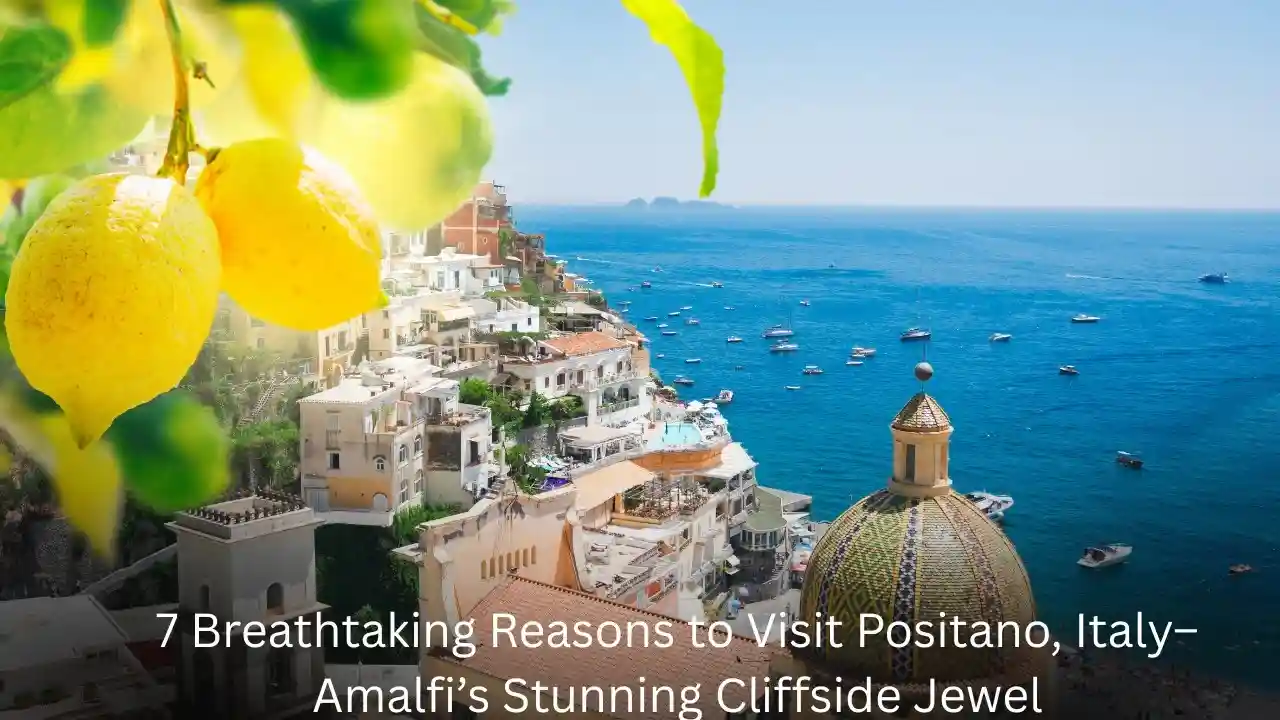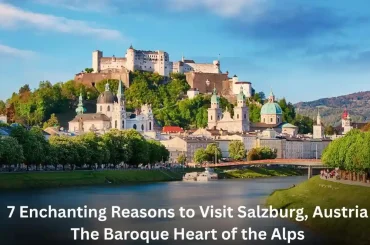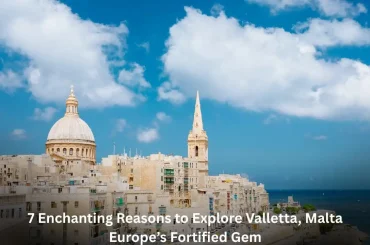Table of Contents
Introduction
Positano, Italy is the kind of place postcards dream of: clusters of pastel-colored houses tumbling down steep cliffs toward turquoise sea, bougainvillea draping balconies, lemon trees scented in the air, and narrow stairways that lead you to unexpected views at every turn. If you’re looking for romance, beauty, coastal charm, and Italian flair in one magical spot, Positano, Italy is your cliffside jewel waiting to be discovered.
Why Positano, Italy Stands Out on the Amalfi Coast
There are many beautiful towns along the Amalfi Coast, but Positano, Italy has an almost mythic appeal. It’s dramatic, photogenic, steep, vibrant, and filled with sensory delights. From its signature colored houses that seem to grow out of the cliffs, to the contrast of rugged mountains meeting the Mediterranean, Positano feels like walking inside a dream.
The town has a rich history—from Roman times through medieval periods, and in modern days with its rise as a bohemian getaway. It is part of the Costiera Amalfitana, a UNESCO World Heritage Site, recognized for its extraordinary scenic and cultural value. UNESCO World Heritage Centre+2UNESCO Amalfi Coast+2
With style, cuisine, natural paths, boutique shops, and breathtaking views, Positano, Italy gives travelers that blend of relaxation and exhilaration few other places can match.
Top 7 Breathtaking Reasons to Visit Positano, Italy
Here are seven unforgettable things to see and do in Positano, Italy — experiences that make this cliffside gem truly unforgettable.
1. Marina Grande Beach & Fornillo Beach
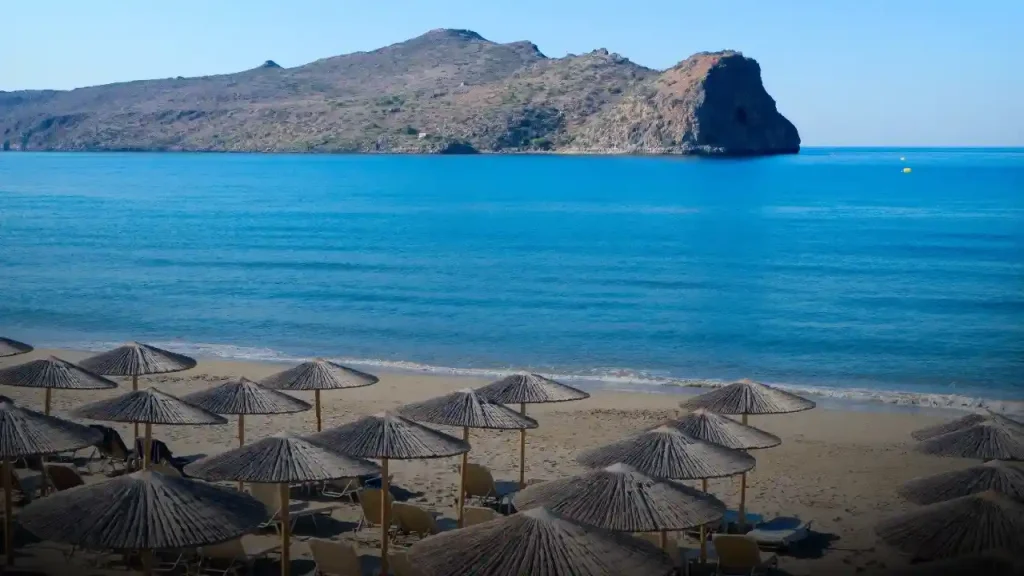
One of the most iconic images of Positano, Italy is the bustle of Marina Grande Beach — a pebble beach with striped umbrellas, shimmering water, seafood restaurants right on the shore, and colorful cliffside houses above. qYou can sunbathe, swim, or simply relax watching boats bobbing in the water. Lindsay Silberman+2Massa Lubrense+2
For a quieter vibe, head to Fornillo Beach, reachable via a scenic walkway from Marina Grande. It’s tucked between cliffs, less crowded, more peaceful, with charming little beach bars overlooking the sea. Positano, Italy shines brightest when you balance the famous with the hidden
2. The Sentiero degli Dei (Path of the Gods) & Scenic Trails
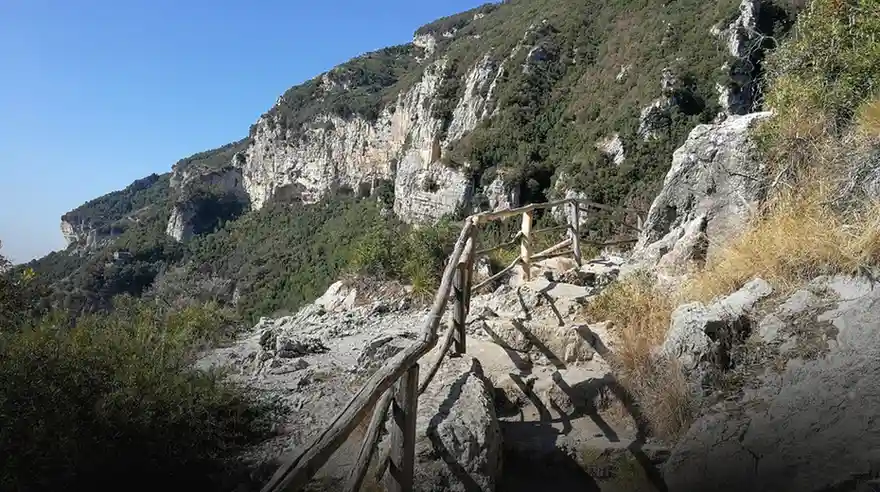
Hiking is one of the best ways to feel the magic of Positano, Italy. The Sentiero degli Dei (Path of the Gods) is a breathtaking trail offering sweeping coastal views, wildflowers, and dramatic cliffs plunging into the sea. UNESCO Amalfi Coast+2Positano+2
Other hikes and paths lead between hilltop villages like Nocelle, or down towards hidden beaches. The steps, terraces, and sea-sprayed air combine for a walking experience you’ll always remember.
3. Chiesa di Santa Maria Assunta & Local Architecture
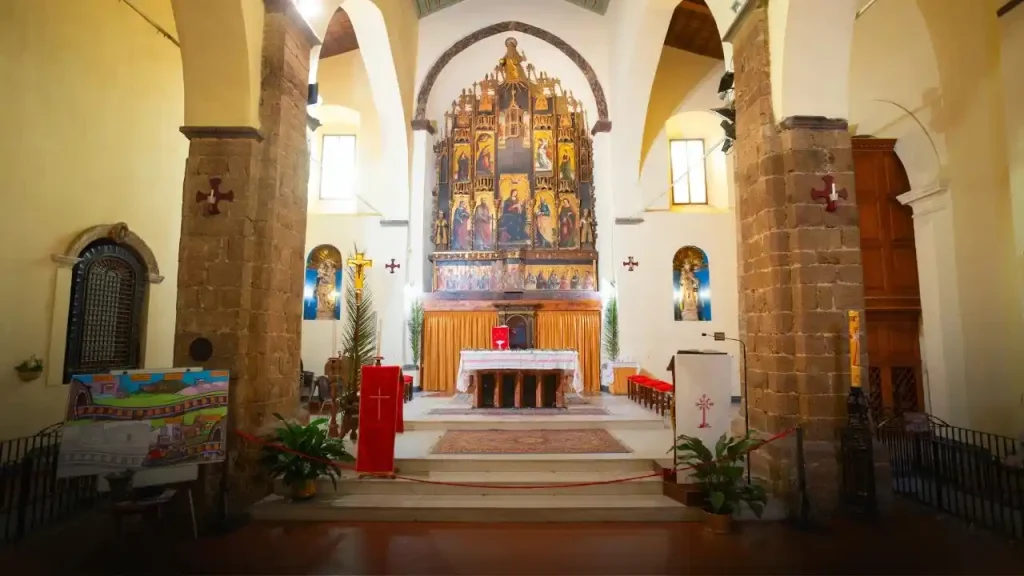
A classic symbolic attraction in Positano, Italy is the Church of Santa Maria Assunta, with its colorful majolica tiled dome and the ancient Byzantine icon of the Virgin Mary inside. Massa Lubrense+1
Walking through alleyways, staircases, small artisan shops, balconies loaded with flowers—architecture here is not just structure; it’s art. The colonial history, Roman ruins, and the way homes are built into cliffs all contribute to Positano’s special aesthetic.
4. Boats, Sea Caves & Coastline Views
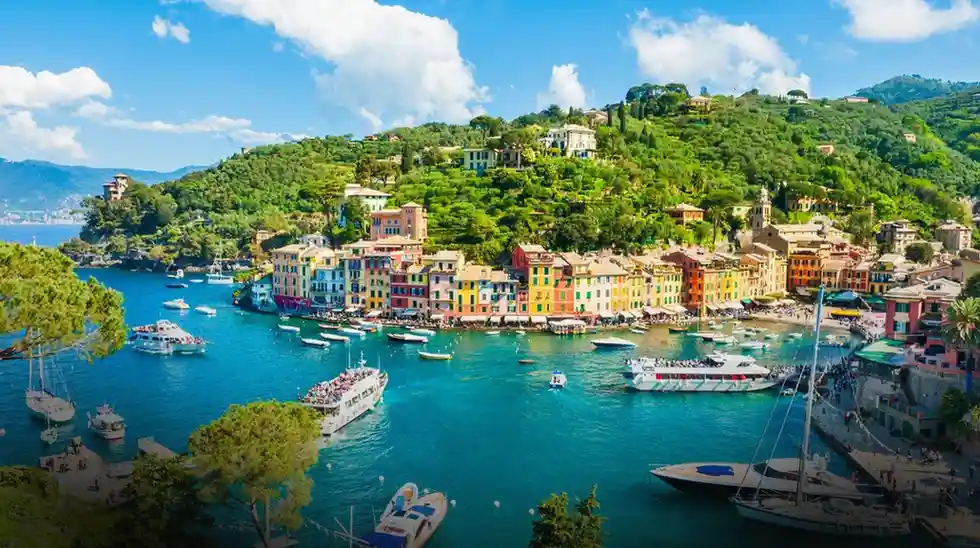
Getting out on the water is essential when you visit Positano, Italy. Boat rides along the Amalfi Coast allow dramatic views of cliffs, sea caves, hidden coves. One popular feature is the Grotta dello Smeraldo (Emerald Grotto), glowing with natural light and emerald-green water. The Tour Guy
Ferry rides to nearby towns like Amalfi or Capri, or private boats around Positano’s coast at sunset, are unforgettable. The sea perspective gives you a new appreciation of just how steep, colorful, and vertical Positano is.
5. Cuisine, Local Flavor & Shopping
Taste is essential in Positano, Italy. Fresh seafood, pasta with local produce (lemons, tomatoes, basil), handmade limoncello, and gelato are everywhere. Local artisan shops sell ceramics, linen clothes, leather sandals, and lemon-hosted merchandise. Markets and small boutiques in narrow alleys make shopping feel like treasure hunting. Lindsay Silberman+1
Dining perched on terraces overlooking the sea as the sun sets is one of those Positano moments that stays in memory. Every flavor feels Mediterranean and vibrant.
6. Best Time to Travel & Avoiding the Crowds
When planning your visit to Positano, Italy, timing matters. The high-season months (late spring to early fall, especially July/August) bring sun, bustle, full beaches, and vibrant atmosphere—but also crowds and higher prices.
If you go in shoulder seasons (May-June or September), you can still enjoy warm weather, open shops and restaurants, and significantly fewer tourists. The sea is warm enough, the paths are accessible, and sunsets are just as glorious. Winter is quieter, many places close, but the views are moody and beautiful.
7. Where to Stay & Travel Tips in Positano, Italy
Because Positano, Italy is built vertically on cliffs, accommodation ranges from luxury cliffside hotels to charming boutique guesthouses up narrow streets. Choosing lodging with sea views can be heavenly—and the extra stairs may be worth it for those views.
Getting there: drive or bus from Naples or Salerno, ferries in summer, or arrive via Sorrento then road or boat. Local transport can be steep paths and stairs—pack light and wear good walking shoes. And always allow extra time: winding roads, traffic, seasonal schedules can affect transfers.
How Positano, Italy Feels — The Emotional and Visual Highlights
What makes Positano, Italy more than just a beautiful place is the sensory experience. The smell of salt in the air mixed with citrus blossoms. The dazzling sunlight bouncing off white walls and colored tiles. The sound of church bells over waves. The taste of rich tomato sauce, fresh fish, gelato melting at sunset.
Small moments define a stay: having a morning espresso overlooking the sea, browsing a small artisan’s workshop tucked behind terraces, being enveloped by bougainvillea, watching the sky flush orange at dusk, having dinner in a candle-lit terrace. These feelings are why travelers return, why photographers chase light here, and why Positano, Italy remains one of Europe’s most beloved cliffside jewels.
Practical Itinerary Suggestion for Positano, Italy
Here’s a suggested 4-5 day itinerary to experience the best of Positano, Italy:
- Day 1: Arrival, settle in, explore Marina Grande, swim, dinner overlooking the sea.
- Day 2: Scenic hike (Path of the Gods), visit Nocelle, sunset from hilltop viewpoints.
- Day 3: Boat tour (Grotta dello Smeraldo if possible), spend afternoon at Fornillo Beach.
- Day 4: Explore the church, art shops, ferry to neighboring villages or Amalfi. Evening dining & lemon dessert.
- Day 5 (optional): A slower day—relax, take photos, soak up ambiance—maybe a cooking class or more local artisans.
Tips: reserve hotels early (especially in summer), carry cash for small shops, dress for stairs & hillside walks, expect limited parking and narrow roads, use local buses or boats in season, bring swimwear & layers.
FAQ
What is the best time to visit Positano, Italy to avoid crowds yet enjoy good weather?
The best time to visit Positano, Italy is during the shoulder seasons—May-June and September. During these months, temperatures are warm, sea is pleasant, many shops/restaurants are open, but you’ll encounter fewer tourists and better deals than in peak summer.
How many days do I need in Positano, Italy to see the main sights and relax?
To fully enjoy Positano, Italy, plan for 4-5 days. That gives you time for beach relaxation, hiking, boat tours, local food, exploring the town’s architecture and shops without rushing. If you only have 2-3 days, focus on beach, central town, and one hiking or boat activity.
Is Positano, Italy suitable for travelers with limited mobility or difficulties with stairs?
Positano’s layout is steep and full of stairways; many streets are pedestrian-only and require walking uphill or downhill. If you have mobility limits, choose accommodation closer to the beach or Marina Grande, and be prepared to use local transport or hire assistance. Some beaches and viewpoints are easier to reach than others—plan accordingly.
If you find more European Vignettes https://nalyxo.com/category/european-vignettes/


